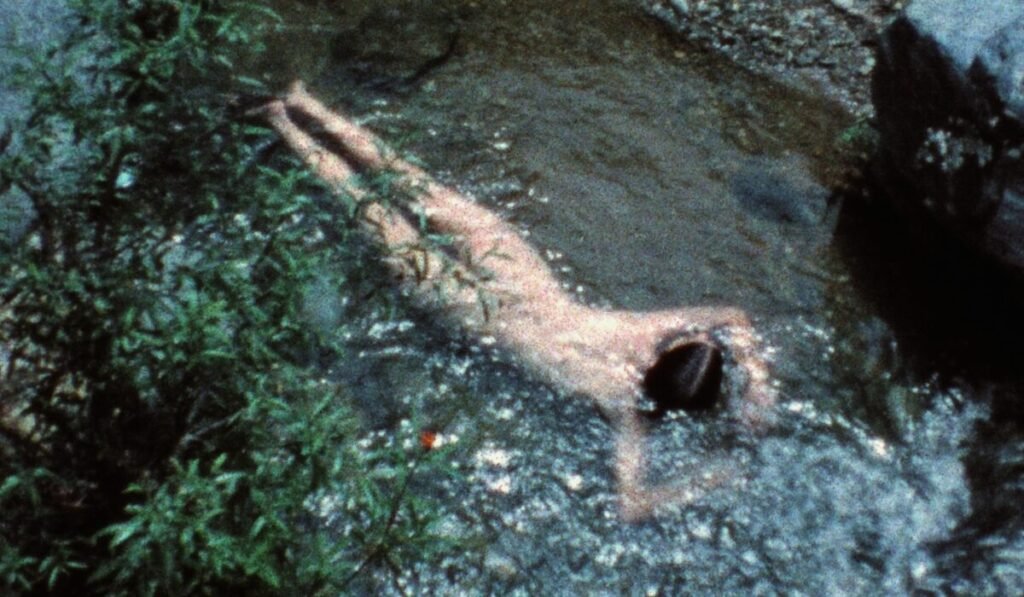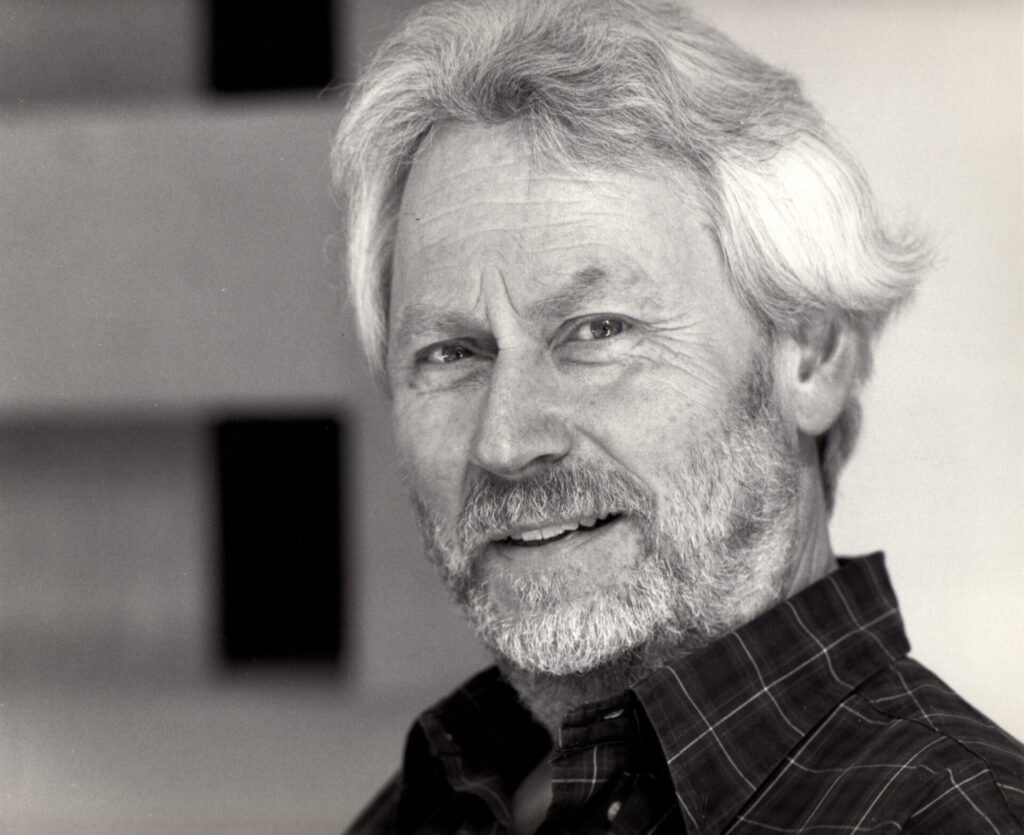There are bodies that become territory. Marina Abramović transforms hers into this unstable place, where the spectator finds not just an artist, but a field of tension. Each gesture repeated to its limit, each silence prolonged to exhaustion, each immobility that forces the other to decide how to act. Nothing is ready or assured: the work is only realized in the moment of the encounter, when the public and the artist become accomplices in a situation that no one completely controls.

Performance, as a language, emerged during the turmoil of the second half of the 20th century. At that time, art no longer settled for fixed objects and sought to dissolve the security of form. Allan Kaprow’s happenings challenged the spectator’s passivity, Fluxus brought art closer to daily life, and body art inscribed pain and vulnerability directly onto the flesh.
Abramović appeared in this scene and pushed the radicality of presence to its limit. Her work does not aim to create objects for museum preservation but to establish experiences that unfold over time, leaving only traces and memories.
The Radicality of Marina Abramović’s Presence
This rejection of the material object shifts the audience’s expectations. No safe distance exists between the observer and the observed. The spectator participates, whether they hesitate or withdraw, and their reactions become an essential part of the work. Abramović offers instability rather than clarity. What appears as a ritual can read as a staging, and this oscillation forms the very core of the piece. The performance generates meanings that remain open, vibrations that no single statement can capture.
Her work delivers a paradoxical impact. In an era dominated by the infinite repetition of digital images, she emphasizes experiences that resist duplication. Each performance stands as a unique event, occurring only once, and its power comes precisely from the impossibility of repeating it without loss.
The museum, in this context, ceases to be a space of contemplation and becomes an arena of risk. It is no longer about observing the work from the outside, but about sharing the same time and space, accepting that art mixes with life.
Abramović’s body is not a fixed symbol, but a surface on which the instant is written and erased. The audience does not leave with answers, but with the memory of having gone through an irreversible event. This memory, both intense and fragmentary, is the work. Performance, in this register, does not deliver totality. It manifests as a fissure, an open passage.
Abramović forces us to perceive that presence is not stability, but continuous vibration. What remains for the public is the awareness of having been before an experience that insists on escaping, even after it is over.



